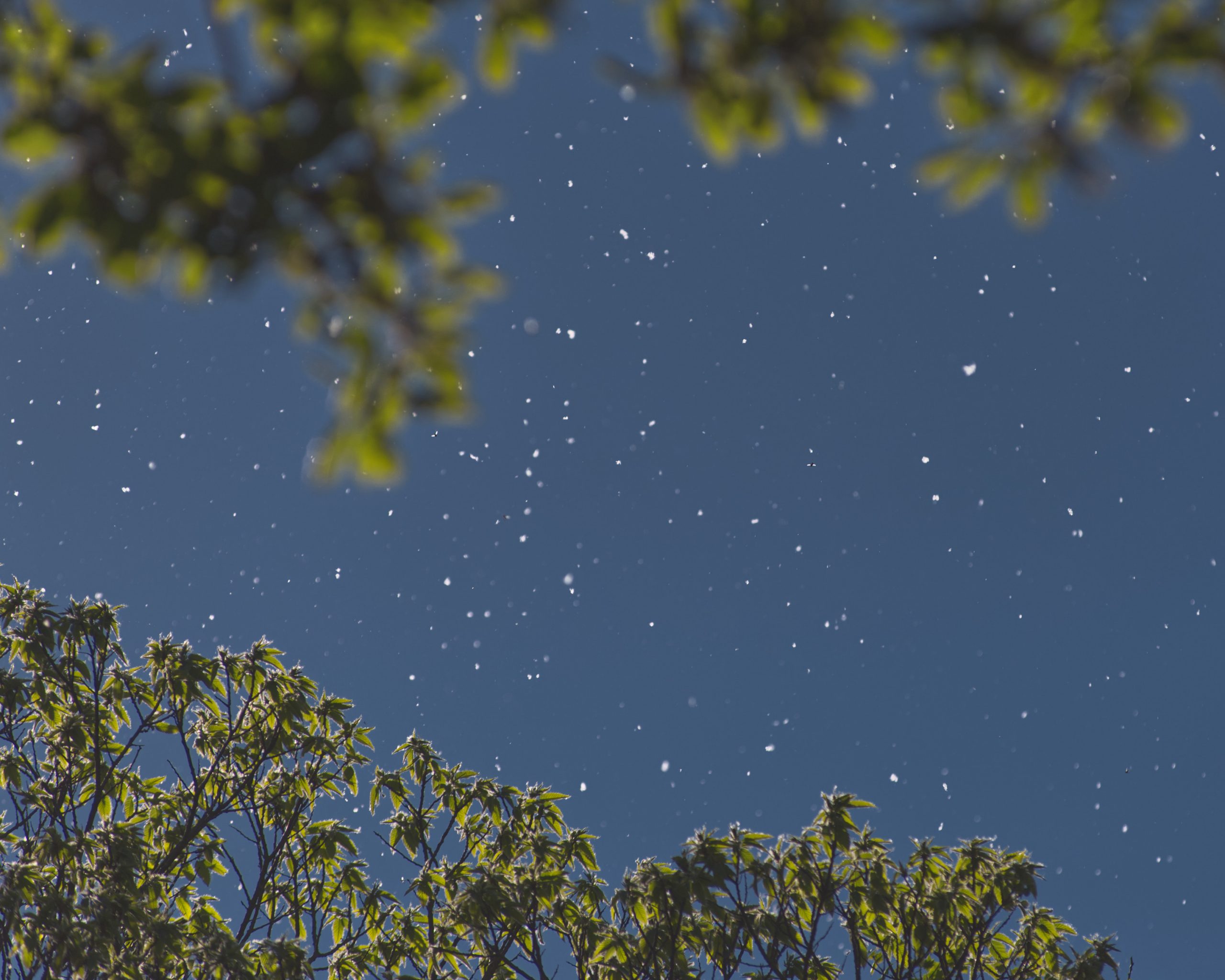I bought some rather expensive baryta paper a week or so ago with the hope it would add a little wow factor to some prints I was making for a customer.
It is beautiful paper to be sure, with a gorgeous texture and just the right amount of reflectivity to reveal stunning pigment contrasts and details in images.
But it simply was not the right paper for the prints I was making. It rendered the images, whose subject concerns softness, vulnerability and introspection, clinical and sharp.
Most photographers probably know all of this already, but for me it was my first realisation that the surface should work with the subject. I reprinted the two images on archival matt paper and the images once again seemed ‘right’.
So this is really a note to self: Buy a sample pack of various paper types and play with them, learning what each surface does to images and what surface substrates add to the story being told.
It might mean there are some stories in which multiple paper types might be most effective, or a rhythmic oscillation between two or three surface types through a project.

I raised this issue with Cemre, whose project Milk Tooth uses just such surface rhythm, alternating between the main images printed on matt and the smaller staccato accompaniments printed on gloss. Gloss is interesting, because it often brings the viewer visually into the image via their own reflection. It creates a meeting point between spectator and that observed. Matt, on the other hand, gives the spectator greater freedom to roam unseen around an image.
References:
Yesil, C: Milk Tooth
Prodigi (n.d.). Choosing the best fine art paper for your print. [online] Prodigi. Available at: https://www.prodigi.com/blog/how-to-choose-the-best-fine-art-or-photography-paper-for-your-print/.




